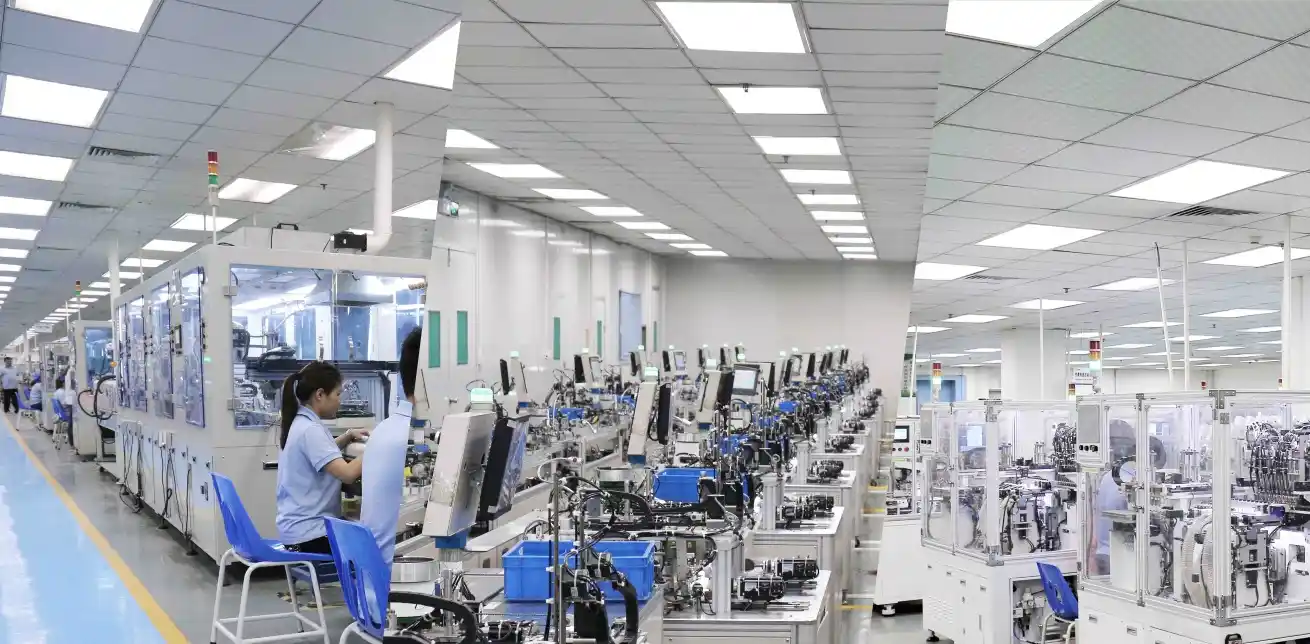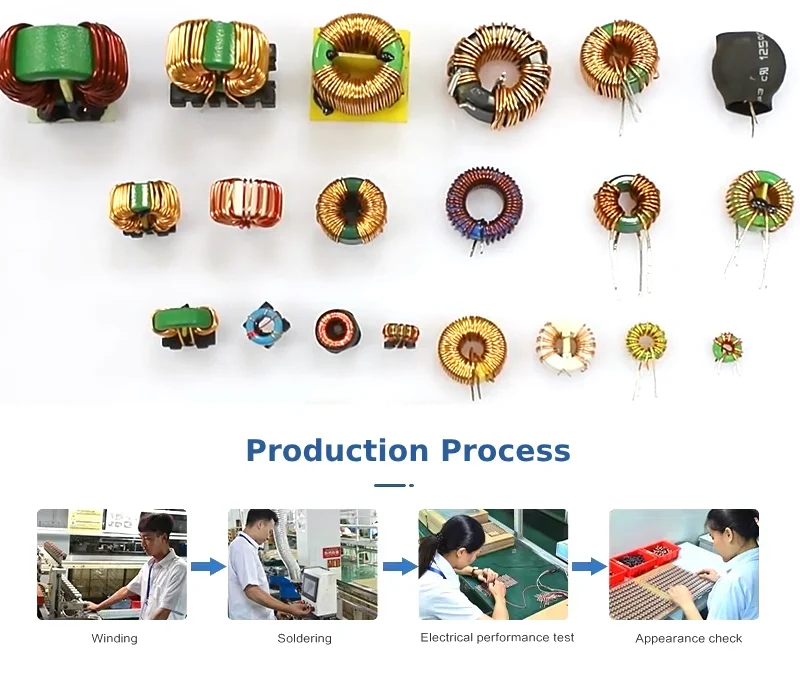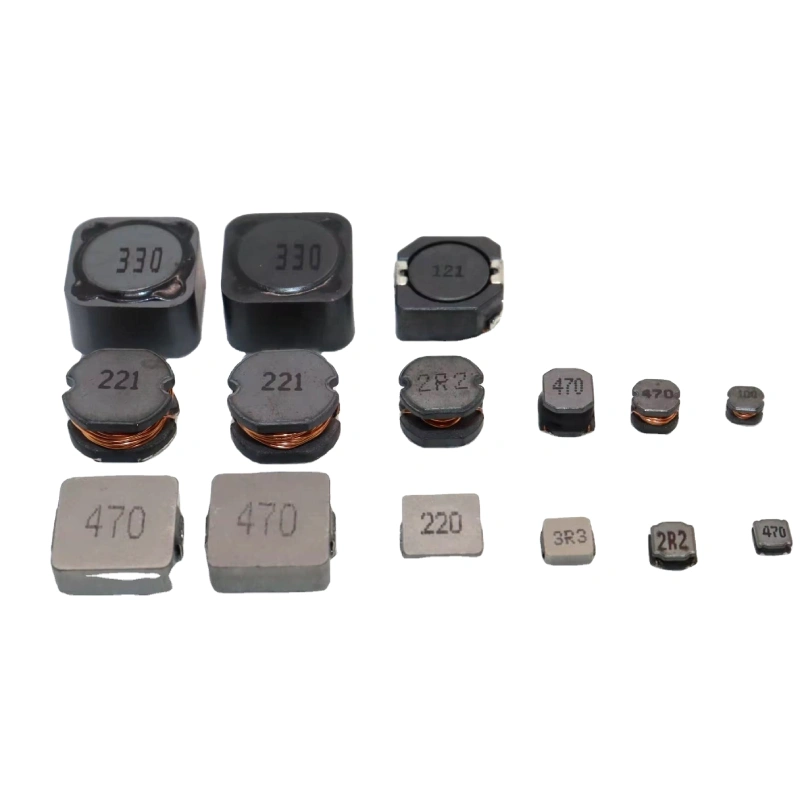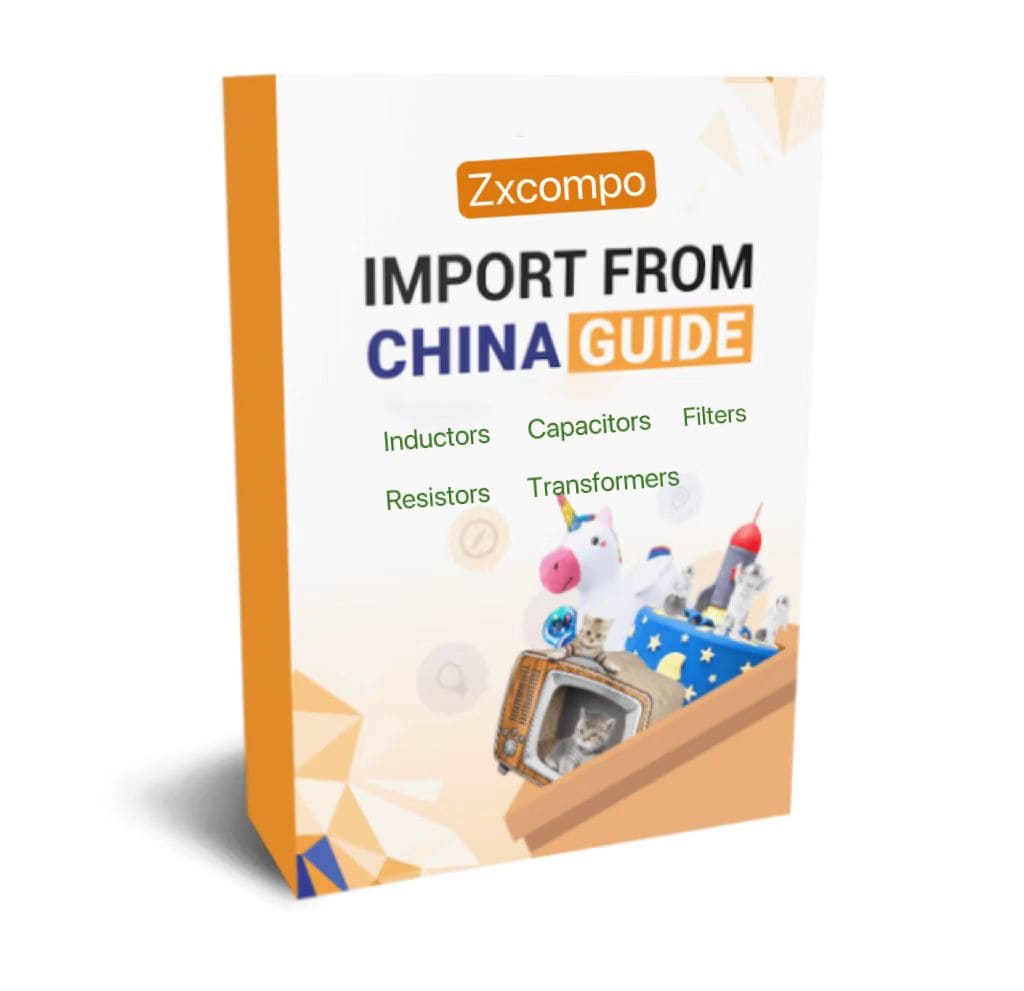What is an Inductor?
Inductance is a general term for self-inductance and mutual inductance. The device that provides inductance is called an inductor. An inductor is a passive electrical component with two terminals. When current flows through it, it stores energy in a magnetic field. Usually, an inductor is composed of a coil wound with an insulated wire.
The basic concepts and main features of an inductor are as follows:
Definition: Inductance is a physical quantity that describes the current intensity that a coil can feel when it moves in a magnetic field. The unit is Henry (H).
Structure: An inductor is a coil composed of a group of coaxial coils connected in series, and is made of an insulated wire (such as enameled wire, yarn-covered wire, etc.) wound on an insulating skeleton or a magnetic core or an iron core.
Self-inductance and mutual inductance: Self-inductance refers to the change in magnetic field caused by the change in the current of the coil itself, and mutual inductance refers to the induced electromotive force caused by the change in the current of one of the coils when two coils are close.
Impedance characteristics: In an AC circuit, the impedance of an inductor increases with the increase in frequency, which manifests as an obstacle to the AC current.
Classification of inductors: Inductors are generally divided into air-core inductors and magnetic-core inductors. The inductance of air-core inductors is a fixed constant, and large magnetic-core inductors are more widely used in industry.
What is the Function of an Inductor?
The main functions of an inductor include filtering, oscillation, delay, notch, frequency selection, tuning, current stabilization, and electromagnetic interference suppression.
An inductor is a component that can convert electrical energy into magnetic energy and store it. Its structure is similar to that of a transformer, but it has only one winding.
Inductors are mainly used to isolate and filter AC signals, form resonant circuits with capacitors, resistors, etc., or block sudden changes in current in DC circuits.
In a circuit, inductors and capacitors together form an LC filter circuit, which plays a role in filtering signals, removing noise, and stabilizing current. Inductors hinder the change of current, causing the current to gradually increase or decrease. This characteristic enables inductors to play a role in signal filtering and current stabilization.
Inductors have the characteristics of preventing AC from passing through and allowing DC to pass smoothly. The higher the frequency, the greater the line impedance. Therefore, inductors can be used to suppress higher-frequency interference signals and protect circuits from electromagnetic interference. In addition, inductors also have energy storage functions, similar to capacitors, and are widely used in switching power supplies.
In alternating current, inductance blocks current changes instead of letting current pass directly. This characteristic makes inductance have many uses in circuit design, such as power supply filtering, signal conditioning, etc.
In general, the role of inductance is to achieve multiple functions in the circuit through its unique electromagnetic induction characteristics, including but not limited to filtering, oscillation, current stabilization, electromagnetic interference suppression, etc., and it is one of the indispensable components in electronic circuits.
(★ If you want to know more about inductors, you can refer to the following article: •The Difference Between Shielded Inductors and Unshielded Inductors)
Difference Between Inductor and Choke
Different properties:
1. Inductor: a component that can convert electrical energy into magnetic energy and store it.
2. Choke: a common-mode interference suppression device with ferrite as the magnetic core.
Different structures:
1. Inductors are generally composed of skeletons, windings, shielding covers, packaging materials, magnetic cores or iron cores.
2. Chokes are composed of two coils of the same size and number of turns symmetrically wound on the same ferrite magnetic ring to form a four-terminal device.
Differences in the functions and application scenarios of chokes and inductors:
Chokes are a special type of inductor, also called inductor coils, but are mainly used to prevent AC components from passing through to make DC power supply purer.
In frequency modulation circuits, chokes can prevent high-frequency electromagnetic waves from radiating to other circuits, or serve as loads for high-frequency circuits to extract the required intermediate-frequency signals.
Inductors are divided into low-frequency inductors and high-frequency inductors. The former is larger in size and has an iron core to increase the inductance, while the latter is usually an air-core coil.
The main function of an inductor is to limit the rate of change of current, stabilize the current in the circuit through magnetic induction interaction, prevent voltage mutations and sharp changes in current, and thus protect circuits and equipment.
Relatively speaking, an inductor is a characteristic of an electronic circuit or device, which refers to the electromotive force generated by electromagnetic induction when the current changes, resisting the influence of current changes.
Inductors are classified by function, including chokes, oscillation lines, wave lines, etc., and their meanings are divided into characteristics in electronic circuits and general terms for various types of inductors. The application of inductors is very wide, including but not limited to filtering, oscillation, delay, etc.
In summary, chokes are one of the functional classifications of inductors, mainly used to limit the passage of AC components and stabilize current; while inductance is a broader concept, including various types of inductors and their applications in electronic circuits.
There is a Significant Difference Between the use of Inductors in Power Lines and Signal Lines
Since power lines mainly carry large power and high voltage and are used to transmit electrical energy from power plants to buildings and industrial equipment, inductors are usually not required.
The main focus of power lines is the characteristics of line resistance, current and power loss to ensure that electronic equipment can obtain a stable voltage and current supply.
Inductors are mainly used for filtering and regulating current, but their role is not necessary in power line applications because the design and manufacture of power lines have taken into account the stable transmission of current and the regulation of voltage.
Inductors may be required for signal lines, especially in the case of high-frequency signal transmission. Signal lines are mainly used to transmit low-power signals such as control signals, information signals, digital signals and analog signals, which are sensitive to electromagnetic interference. The application of inductors in signal lines is mainly to reduce the impact of external electromagnetic interference on signal transmission, and to reduce signal attenuation and distortion by providing a low-resistance path.
When designing and manufacturing signal lines, the use of inductors is an important aspect of considering transmission characteristics to ensure that the waveform of the signal remains accurate and stable, thereby improving the reliability of data transmission.
In summary, although inductors are used in both power lines and signal lines, they are more commonly used in signal lines to reduce electromagnetic interference and improve signal quality. In power lines, the use of inductors is not necessary because the design of power lines has taken into account the stable transmission of current and the regulation of voltage.

Advantages of Zxcompo Inductors
Zxcompo products include multilayer power inductors, wound surface mount inductors, and molded surface mount inductors for power and signal lines. A full range of passive electronic and magnetic components including inductors, capacitors, resistors, transformers, and filters are available. Our products are widely used in automotive, telecommunications, consumer electronics, and other fields. Each product is designed to achieve performance and maximize signal and power efficiency while saving space.
Other advantages include:
Fully automated manufacturing
High reliability AEC-Q200
ISO 9001 quality standards
RoHS compliant
REACH compliant
Why choose Zxcompo?
Our company has more than 1,000 types of inductors and 15 years of experience in this field. It is a product that produces extremely low resistance over a wide frequency range. Zxcompo is widely recognized by a global technical team for designing, manufacturing, and providing high-quality, high-performance signal integrity and noise filtering solutions.
Zxcompo brand inductors, also known as coils or reactors, are passive electronic components that resist changes in the current flowing through them. Core material, winding type and geometry play a critical role in the performance of power inductors. Shipping worldwide. Simply contact us for samples: sales@ZXcompo.com.








